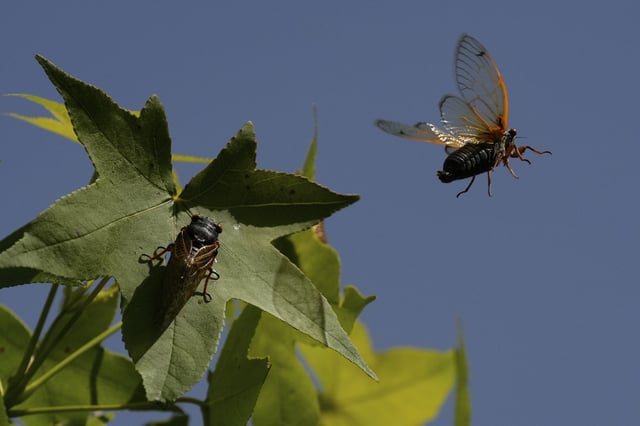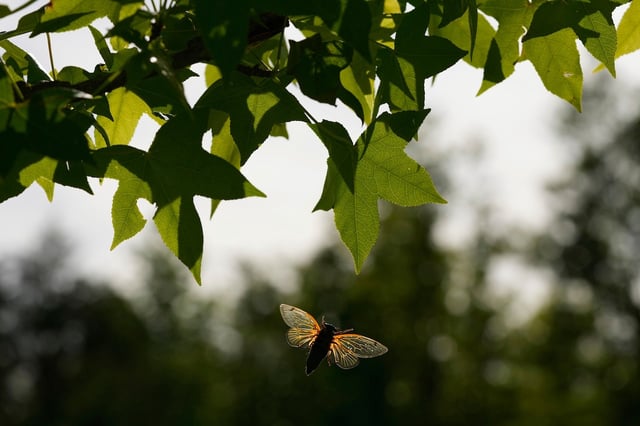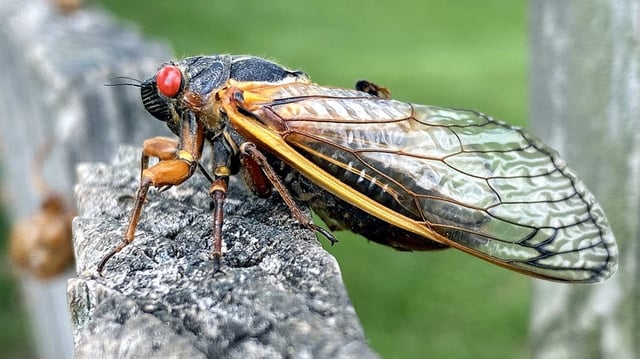Overview
- The emergence has begun in Georgia, Ohio and Kentucky, spreading north as soil temperatures reach 64°F
- Entomologists project the four- to six-week cycle will peak in early June, with mating calls reaching 100 decibels
- Cicadas offer a protein source for wildlife and humans, improving soil aeration through their decomposition
- Insects pose no risk to humans or pets; females may cause minor harm to young tree branches when laying eggs
- Brood XIV ranks as the second-largest cicada emergence, trailing Brood XIX, with this cycle as the only periodical event of 2025



